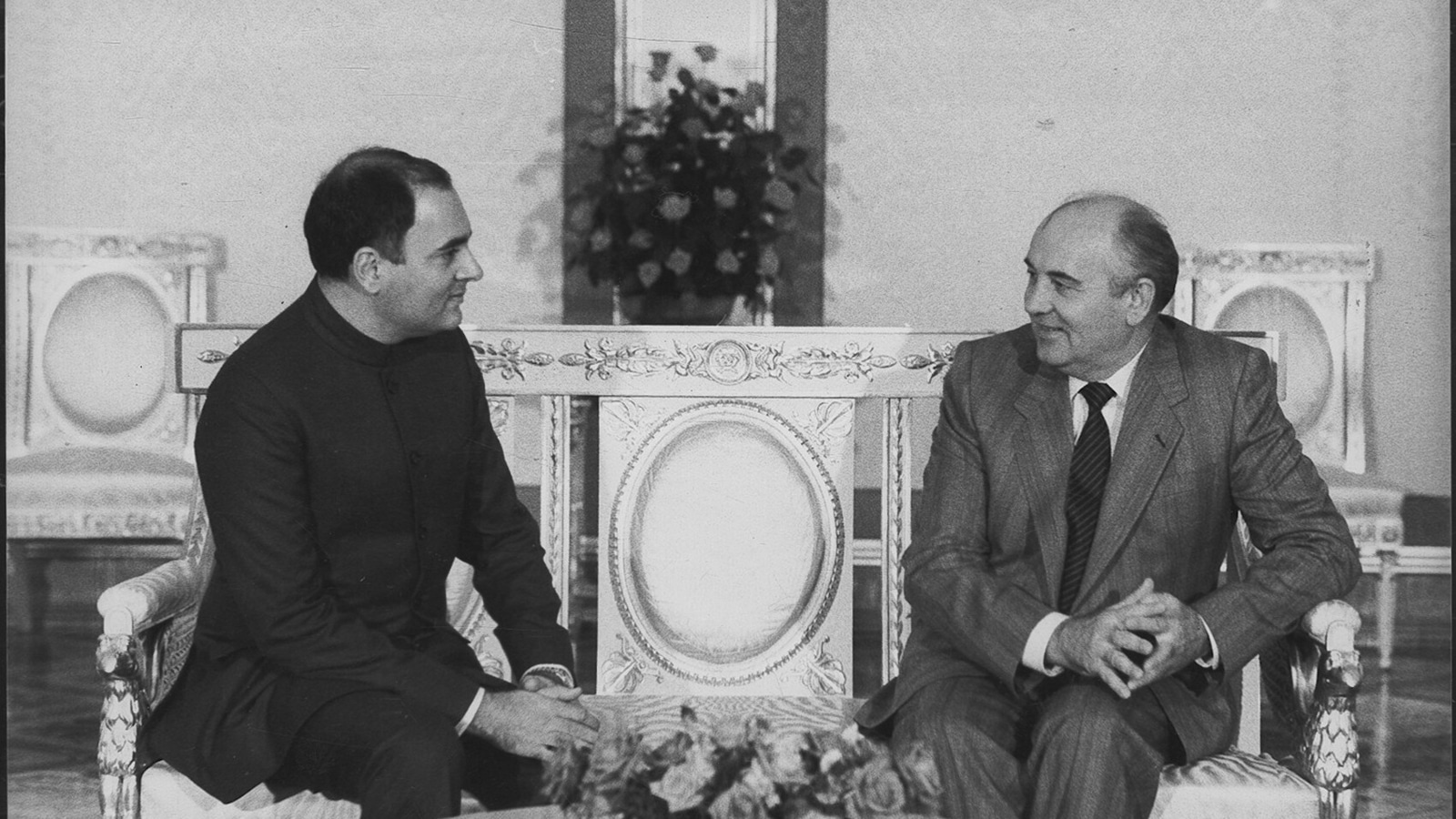 How Mikhail Gorbachev & Rajiv Gandhi formed civil, armed service nuclear cooperation | World News
[ad_1]
How Mikhail Gorbachev & Rajiv Gandhi formed civil, armed service nuclear cooperation | World News
[ad_1]
Mikhail Gorbachev, the previous chief of the Soviet Union who died on Tuesday, shared an simple rapport with late Key Minister (PM) Rajiv Gandhi, and the two leaders laid the basis for important civil and armed service nuclear cooperation involving Russia and India.
Gandhi produced his 1st take a look at overseas as PM to the erstwhile Soviet Union in Could 1985, at a time when the youthful PM was becoming courted by the two Moscow and Washington. The two leaders obtained alongside extremely effectively when Gandhi yet again frequented Moscow in July 1987, investing additional than 6 hrs in just one-to-just one conversations.
The Kudankulam nuclear electric power plant in Tamil Nadu was the final result of an inter-governmental arrangement signed on November twenty, 1988, by Gandhi and Gorbachev in the course of the Soviet leader’s next take a look at to India. At the time, the arrangement coated the development of only two 1,000-MW models and this was subsequently expanded to 6 reactors.
This was lengthy prior to the India-US Civil Nuclear Cooperation Arrangement of 2006, which led a waiver from the Nuclear Suppliers Team (NSG) in 2008 that authorized India to civil nuclear technologies and gas from other nations. Even so, the Kudankulam arrangement was stalled for some time mainly because of the separation of the Soviet Union and revived afterwards by the new Russian governing administration.
Russia, as a member of the NSG, confronted problems in employing the 1988 arrangement as the suppliers’ team transformed its pointers in 1992 to make it obligatory for non-nuclear weapon States – as India was at the time – to settle for whole-scope safeguards for nuclear routines.
In the experience of strain from Western nations, Russia argued that the 1988 arrangement predated the 1992 pointers and hence, they ended up not relevant, and went in advance with the development of the Kudankulam plant.
A declassified Soviet report on Gorbachev’s 1988 take a look at to India, now held at the Wilson Centre, states the summary of many inter-governmental agreements, which include the just one on cooperation in development of a nuclear electric power plant in India, “created more favourable opportunities”.
What is probably much less effectively-acknowledged is the function completed by Gandhi and Gorbachev to enable India construct a nuclear-run submarine. The venture, which was offered the codename “Advanced Technological innovation Vessel” (ATV) by the Indian Navy, remained categorised for near to two many years and was not even formally acknowledged by the Indian governing administration for lengthy.
A letter published in 1989 by Gandhi to Gorbachev, also now held by Wilson Centre, sought the Soviet leader’s individual intervention on behalf of the venture to construct the nuclear-run submarine in India.
Gandhi, who was assassinated by a Liberation Tigers of Tamil Eelam (LTTE) suicide bomber whilst on the verge of a political comeback in 1991, recalled his dialogue with Gorbachev on the challenge of the atomic submarine in the course of a take a look at to Moscow in July 1989 and wrote: “The development of this system has been delayed mainly because of our incapability to arrive to an knowing on the principal arms set up for this submarine. When we desired the regional Indian system for this set up, the Soviet experts declared their issue about the protection of this set up.
"At the time of his take a look at in India Academician Igor Dmitrevich Spaskii confident me that at the identical time when he was material with the development on the setting up and development he was certain that in thing to consider of protection, it will be important to modify the reactor system.”
He included, “I check with for your individual intervention, mainly because the deadlock [over] this element of the plan has held up the venture for about a 12 months. I also advise the Counselor of the Indian Ministry of Protection for Science and Technological innovation...to take a look at the Soviet Union in buy to function out the particulars with the help of the pertinent Soviet experts by way of a political directive, which will make it possible for a resolution of the troubles awaiting an reply.”
However very little was acknowledged of the venture at the time, it has subsequently emerged that Russian gurus performed a critical function in advising and guiding the Indian facet on the miniaturisation of a nuclear reactor to suit it inside the hull of the submarine. This was just one of the most intricate procedures in the ATV venture.
India released INS Arihant, the 1st of a course of strategic strike nuclear submarines, in 2009 and the vessel was commissioned in 2016 immediately after intensive trials.
(*1*)[ad_2]


No comments:
Post a Comment